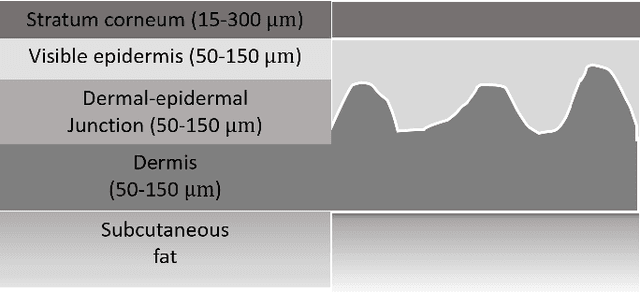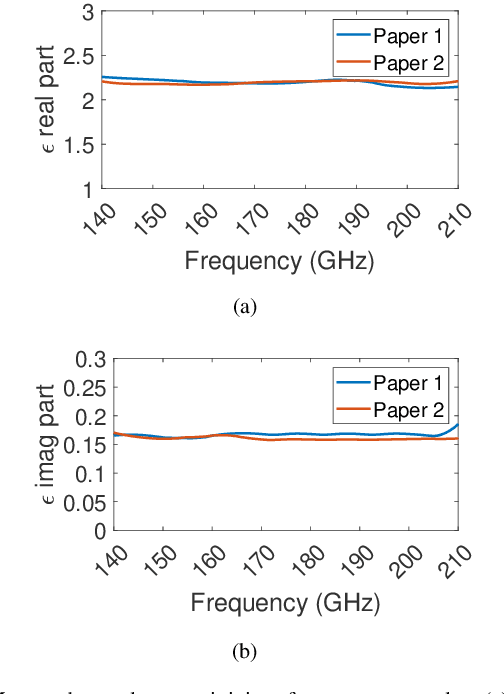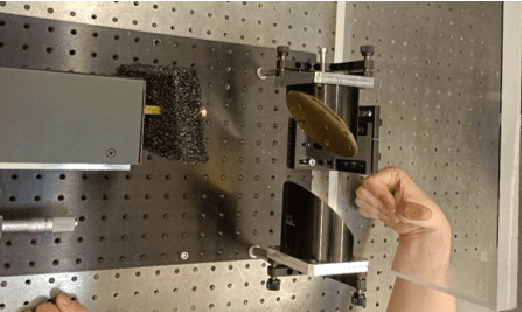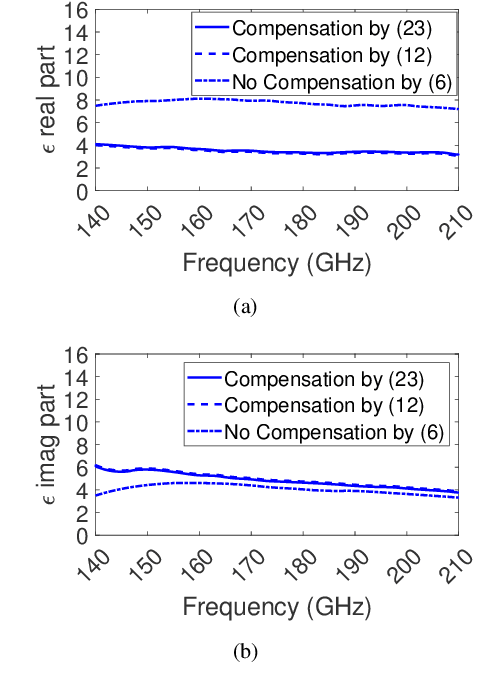Permittivity Characterization of Human Skin Based on a Quasi-optical System at Sub-THz
Paper and Code
May 20, 2024



This paper introduces a novel approach to experimentally characterize effective human skin permittivity at sub-Terahertz (sub-THz) frequencies, specifically from $140$~to $210$~GHz, utilizing a quasi-optical measurement system. To ensure accurate measurement of the reflection coefficients of human skin, a planar, rigid, and thick reference plate with a low-loss dielectric is utilized to flatten the human skin surface. A permittivity characterization method is proposed to reduce permittivity estimation deviations resulting from the pressure effects on the phase displacements of skins under the measurements but also to ensure repeatability of the measurement. In practical permittivity characterizations, the complex permittivities of the finger, palm, and arm of seven volunteers show small standard deviations for the repeated measurements, respectively, while those show significant variations across different regions of the skins and for different persons. The proposed measurement system holds significant potential for future skin permittivity estimation in sub-THz bands, facilitating further studies on human-electromagnetic-wave interactions based on the measured permittivity values.
 Add to Chrome
Add to Chrome Add to Firefox
Add to Firefox Add to Edge
Add to Edge